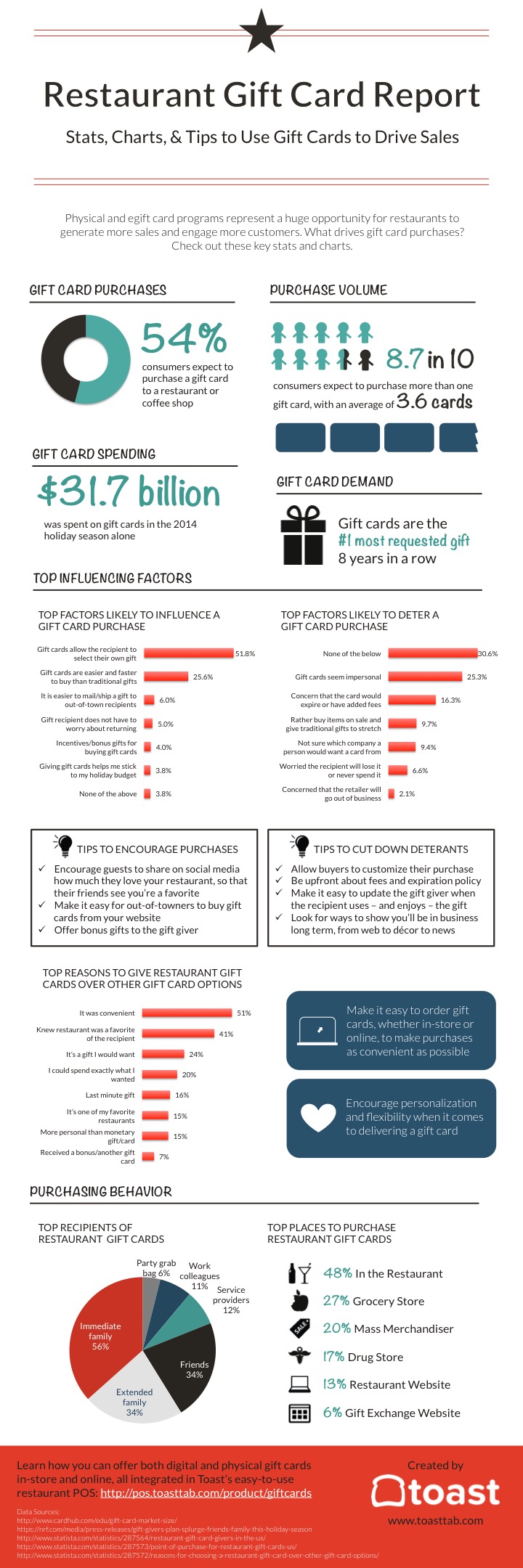Engraved glass awards evoke a steadfast spirit of commitment and excellence. They foster a culture of recognition that transcends ordered borders.
Wheel engraving is displayed on a cup most likely made in the 1700s covered with intricate Chinese-style motifs. These themes revealed obligation to the Jacobite reason. This is a remarkable example of how imported Oriental products affected European layout trends.
Origins
As glassmaking became much more advanced, engravers became aware that a layout added to a piece of glass transformed it from functional into desirable. They explore a selection of scratching, abrading and reducing strategies.
One of the most skilled engravers produced fine comprehensive job. Anna Roemers Visscher, that was a glass cutter and engraver, was renowned for her fragile blossoms, motivated by the nature publications preferred in her time.
Engravers additionally sculpted fine linework into glass. By the end of the 17th century, engravers had begun to abandon linear clearness in favour of crosshatched chiaroscuro impacts. One of the earliest examples is taped on a container by a Rotterdam engraver that signed his work with a scribbled freedom and vigour that lifted it above the remainder.
Inscribing remained to be a preferred strategy, although it was increasingly eclipsed by cut glass and new techniques such as etching, which was less expensive than etching. Nevertheless, economic pressures after c1905, together with declining quality of cut glass, saw an increase in the appeal of personalized glass, referred to as rock crystal.
Methods
Glassmakers utilized a range of methods to mark or embellish the surface of a vessel, typically integrating different methods. One technique called stipple engraving, for example, makes use of a factor of tungsten or ruby to make small dots on the glass surface area which develop contrasting white lines when light lusters with them.
Engraved glass awards are cherished for their elegance and status. They reflect the deep esteem and respect that firms hold for their staff members and cultivate a society of quality.
The clarity of glass personifies the openness and sincerity of company acknowledgment, motivating recipients to take stock of their achievements and reflect on their trip in the company. Additionally, the capability of personalized glass to display customized text and images permits the production of very special and significant awards that evoke the feeling of greatness connected with this amazing material.
Designs
From the streamlined lines of business awards to the etched text on glass prizes, etched crystal is a stylish symbol of acknowledgment. Whether presented on someone's workdesk or maintained as a keepsake, these personalized pieces share a sense of prestige and professionalism that is difficult to locate in various other materials.
The style of personalized glass has changed with time to mirror altering tastes and technical developments. The ancient technique of copper-wheel inscription has opposed forecasts of obsolescence, and new techniques like etching are taking control of where stippling as soon as held sway.
The earliest diamond-point engraving, of the 16th century, is stiff and official. It gradually came to be a lot more supple and pleasing, yet might easily deteriorate into over-elaboration. In the 19th century Thomas Webb & Sons presented "rock crystal" with deep cutting and copper-wheel inscription, which mimicked luxury vessels cut of rock crystal in Europe and the Orient (see Ewer by Webb & Sons). The company's primary engravers were Bohemian immigrants Frederick Engelbert Kny and William Fritsche, who authorized their work with a monogrammed G.
Significance
Engraved glass was pricey and demanded. This was because it entailed the most requiring glass refining method and depended on the accuracy and effort of a knowledgeable craftsman. The acme of etching can be found in the 17th century and was quite a part of the Baroque and Rococo periods.
Throughout this time, personalized goblets could be utilized to communicate messages of social condition. They would show family crests and political loyalties. They could additionally show off one's preference for the most recent style and design fads.
Today, engraved glass is still a crucial art form. Nonetheless, advances in innovation and laser technology have structured the process and made it a lot more precise. The resulting complex designs are both sensational and resilient. In addition, new kinds of glass have actually been established to react better to lasers. This has actually expanded the possibilities for musicians and designers. It likewise decreases the environmental influence of the here process. For instance, optical crystal is a superb choice for personalized honors because it is clear and shows light well.
